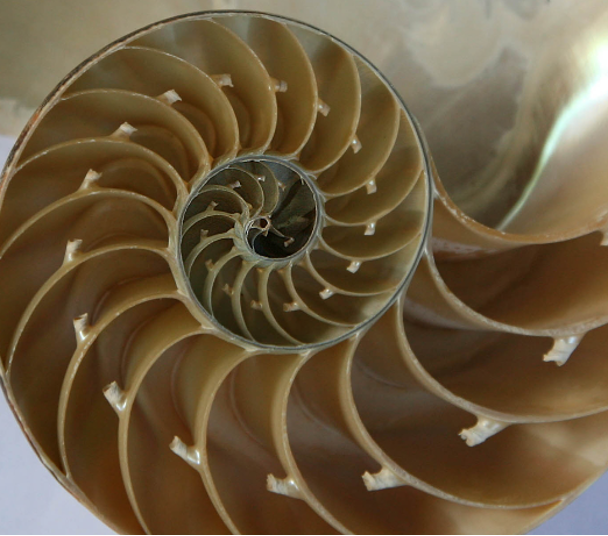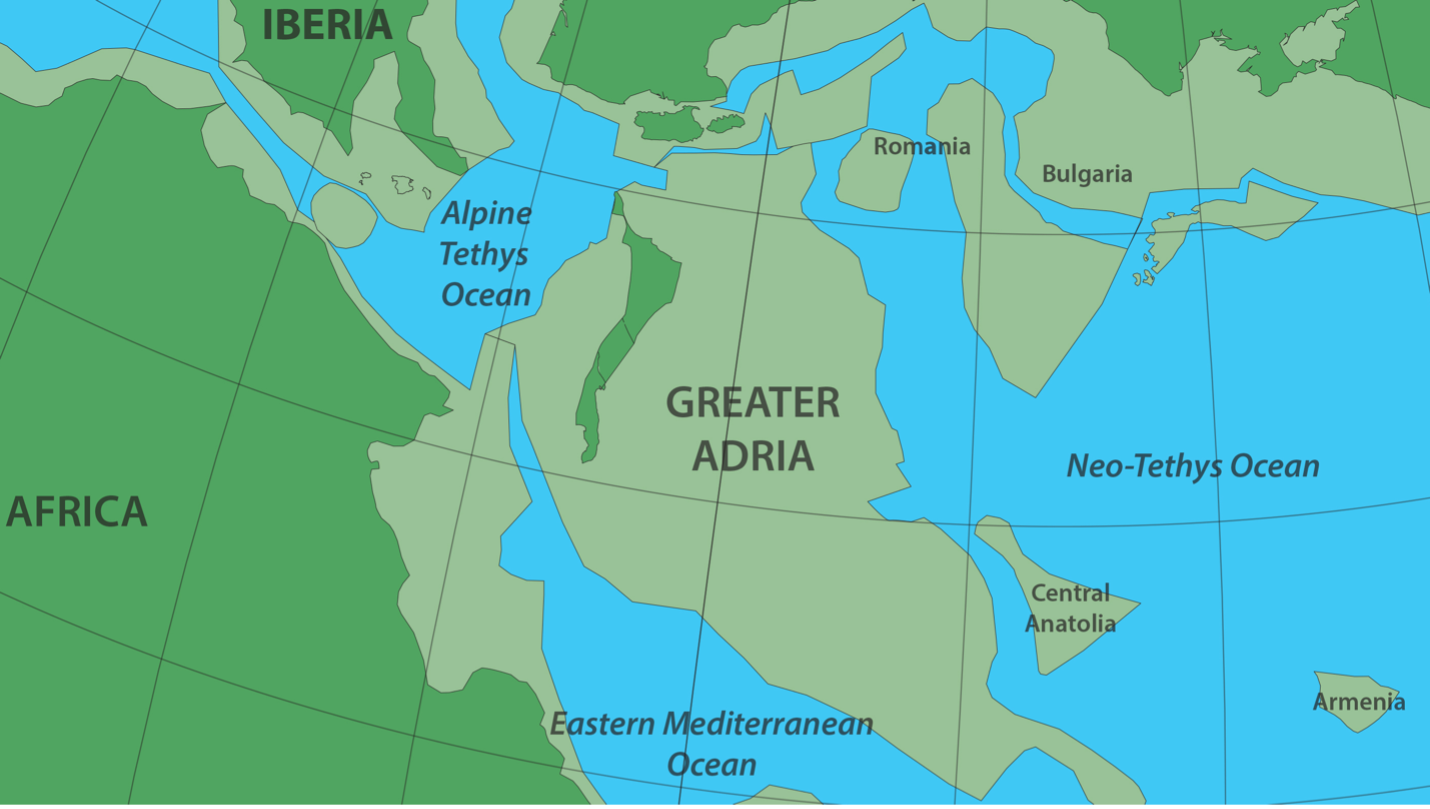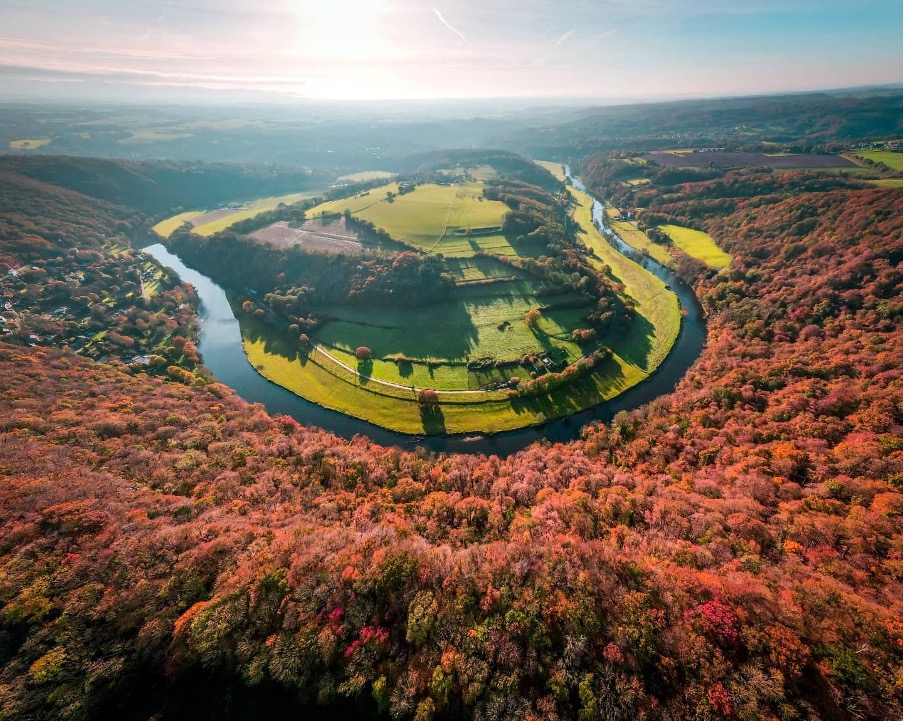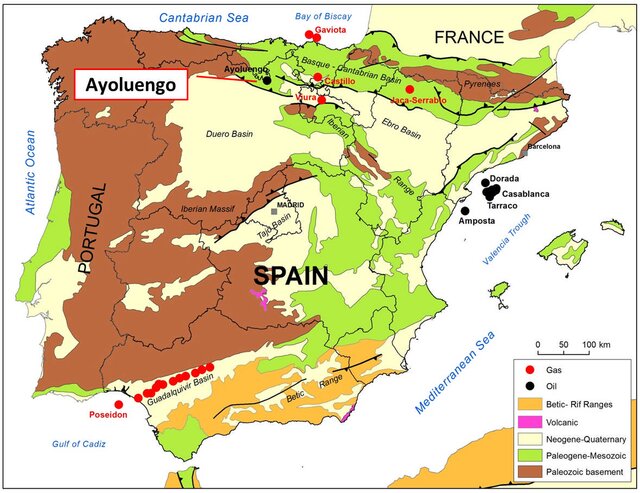Author: Douwe van Hinsbergen
-

Stage 4: An ocean on a mountain
How do you get an ocean on top of a mountain? Follow the journey of the oceanic rocks to the top of the Montgenevre.
-

Stage 5: What time is it?
How do you determine what time it is when you are examining rocks? Ask the ammonite! These fossils lived in the seas along today’s course.
-

Stage 14: Tectonic training camp
For today’s stage 14, Earth went on a tectonic training camp to work on the strong forces needed to create those Pyrenean climbs.
-

Geology of the Giro d’Italia
The first Grand Tour of the calendar year brings the peloton to Italy. Even more than in the other two grand tours, we can actually predict the type of stage winner from the geology. The climbers and puncheurs will win in Europe, and the sprinters in Africa. To explain this we bring you the geology…
-

Geology of Liège-Bastogne-Liège
Normally you expect mountains and then rivers cutting through them creating climbs and valleys? Not in the geology of Liège-Bastogne-Liège.
-

Geology of the Vuelta a España
After the Tour de France we want to take you to Spain for the geology of the Vuelta a Espana that starts on Saturday 26 August in Barcelona. In general, there is a direct correlation between the geology of the Vuelta course and the winner of the stage. Stages leading through sedimentary basins – think…
-

Geology of the Glasgow World Championships 2023
Can you imagine a world where Scotland and England are two different beasties? Geologically speaking, that is – we won’t get into any other debates, We promise! So, here’s the scoop: way back when, the Scottish Highlands and England were part of two ancient continents. Scotland was part of Laurentia which was North America and…


